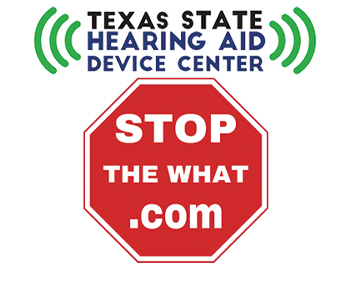Q&A with Dr. Ashley Hall, allergy/immunology specialist

Ragweed, cedar, hay – those allergens, you know. But after a long winter of staying indoors, could your allergy triggers actually be inside, rather than out? Scene consulted with Dr. Ashley Hall to better understand how to deal with allergens hiding in your home.
What are some of the most common allergens in the home?
The most common are dust mites, cockroach, animal dander and molds. Most of these are found in house dust.
What can people do to keep their homes free of those allergens?
If someone in your home suffers from allergies, the most important thing you can do is keep the home clean. Regular use of a vacuum with a HEPA filter, washing items in hot water, and mite-proof casings for mattresses can reduce allergens. Normally allergens are found in areas like upholstery, bedding, carpets, and drapes. If you can’t tear up the carpet or remove the curtains, clearing products that will deactivate dust mites and animal dander can help. Disinfecting bathrooms and kitchens along with using exhaust fans can help reduce mold growth.
For animals, which I know can be part of the family, bathing them once a week and keeping them out of the bedroom can help reduce symptoms. I also recommend reducing the use of humidifiers since dust mites thrive in humid places. For central AC units, look for high efficiency disposable pleated media filters with a MERV rating of 8-12. This means that it is more effective in removing particles that can be triggers. These filters should be changed out every 3 months.
When should someone go from treating allergy symptoms with over-the-counter medication to visiting an allergist?
Typical symptoms include stuffy or runny nose, itchy watery eyes, and sneezing as well as asthma. For treatment, I would start with a corticosteroid nasal spray, which you can find over the counter like Flonase or Nasacort. These medications cover more symptoms than an antihistamine alone, like Zyrtec or Allegra. If this doesn’t help your symptoms, an allergist can be helpful at this point.
Nearly one out of four people may have symptoms that look and feel just like allergies but there is no immune response happening. Non-allergic triggers may be caused by aerosols, cleaning products, or other very tiny particles in the air that cause irritation. An allergist could help differentiate between the two and help with the next step in management for either allergic or non-allergic triggers.





























Leave a Reply